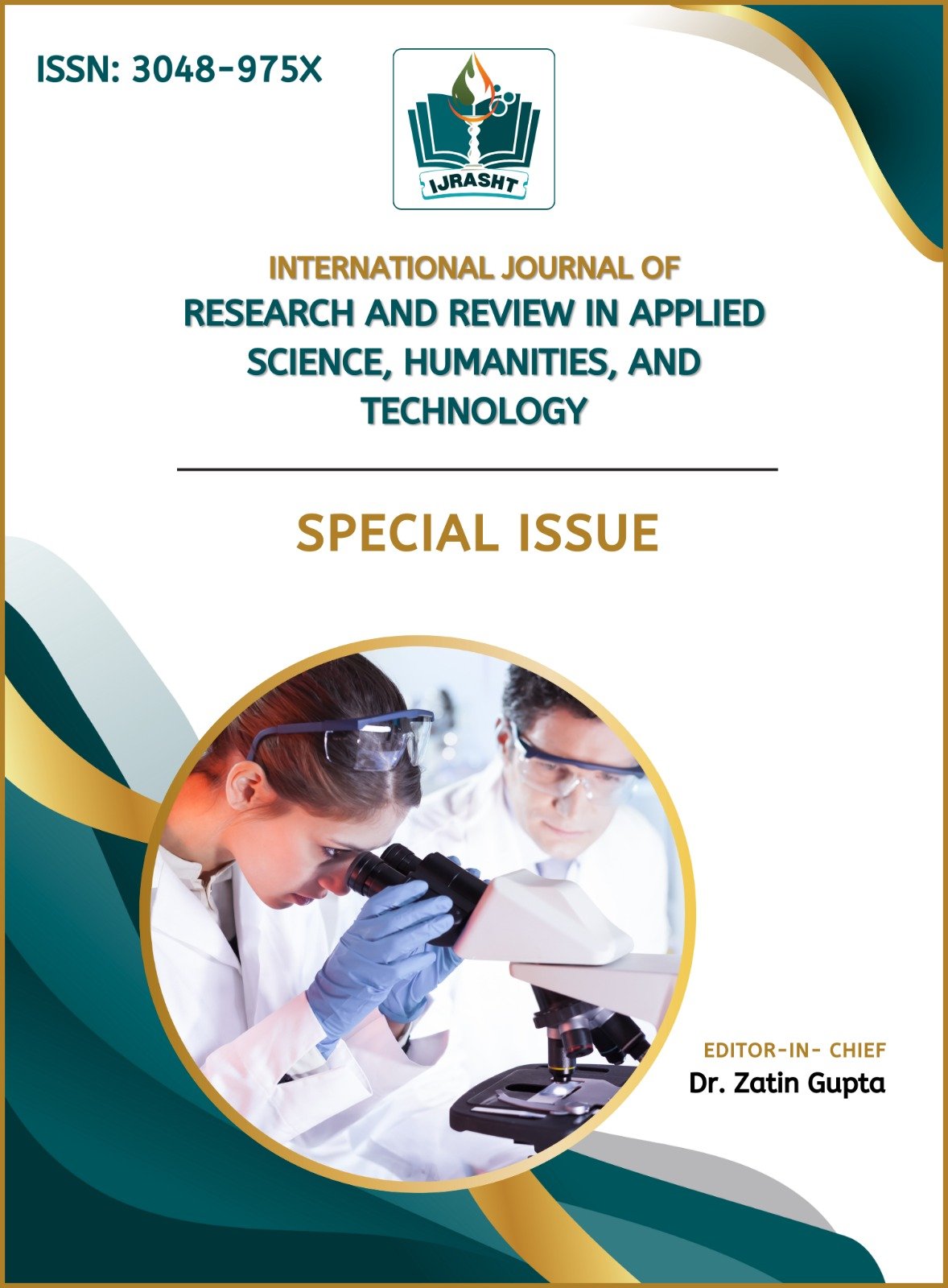Machine Learning-Based Credit Risk Prediction: A Systematic Review of Techniques, Challenges, and Future Directions
DOI:
https://doi.org/10.71143/4086m281Abstract
Credit risk prediction is a crucial process in financial institutions, aiming to evaluate the likelihood of borrowers defaulting on their loan obligations. Accurate credit risk prediction significantly impacts financial stability and profitability by minimizing default risks and associated losses (Thomas, Edelman, & Crook, 2017). This review systematically examines existing literature on the effectiveness of various machine learning (ML) techniques, including Decision Trees, Random Forest, XGBoost, and Support Vector Machines (SVM), in credit risk assessment. Studies indicate that ensemble methods such as Random Forest and XGBoost typically exhibit superior predictive accuracy compared to traditional Decision Trees and SVM models (Lessmann, Baesens, Seow, & Thomas, 2015; Chen & Guestrin, 2016). However, challenges such as data quality, feature selection complexities, model interpretability, and scalability persist in real-world applications. Future research should focus on developing hybrid models, real-time predictive capabilities, and enhancing model interpretability to improve their applicability in financial decision-making (Addo, Guegan, & Hassani, 2018).
Downloads
Downloads
Published
Issue
Section
License
Copyright (c) 2025 International Journal of Research and Review in Applied Science, Humanities, and Technology

This work is licensed under a Creative Commons Attribution-NonCommercial 4.0 International License.













